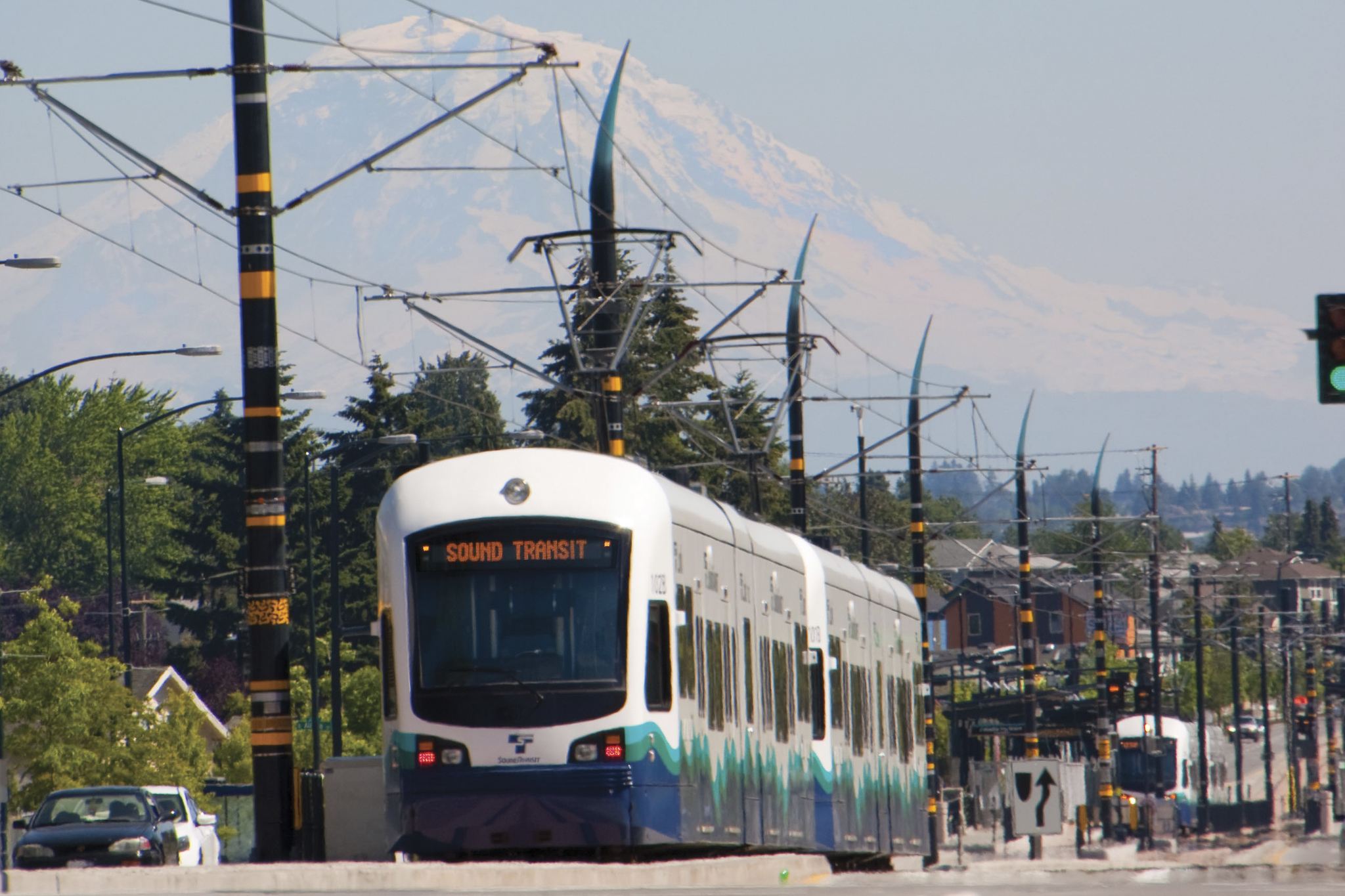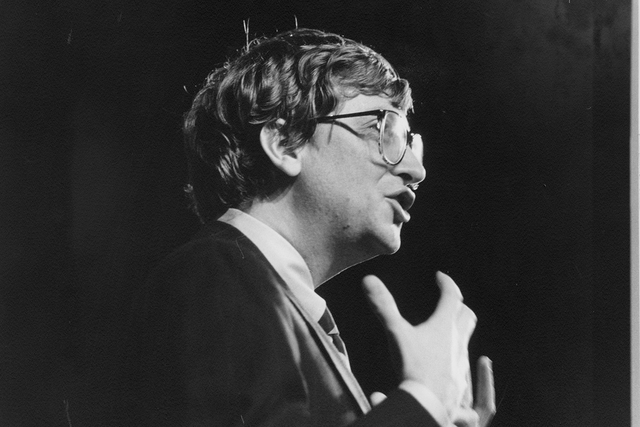IF YOU THINK THE SOARING GIRDERS of the new Mariners stadium look impressive, consider what’s going in beneath them. Ten inches below the surface of SoDo—er, Safeco—Field, the nation’s top turf engineers are this week laying its fanciest sports-field heating and ventilation system. This half-million-dollar setup will include what may also be world’s biggest radiator: nearly 22 miles of polyethylene tubing, carrying 3,200 gallons of water heated to a steamy 122 degrees Fahrenheit. This will keep the turf at 62 degrees, assuring early and lush growth for the grass on which the Mariners will strut their stuff and take their falls, and giving new meaning to something sports operators have long specialized at: heating up the grass roots.
Running beside these heating coils will be an equally vast Subair system of drainage/ventilation pipes, functioning like a giant reversible vacuum. This will oxygenate the grass roots, further boosting growth. Or, with flow reversed, it will suck out water, drying the ground in the soggy season and before games. Paul Tabor, whose St. Louisbased firm Subsurface Technology is providing the system, says it’s similar to some high-end golf course systems but 10 times as powerful. “The groundskeeper says if you put a cigarette on the field and turn the system on, it will smoke the cigarette,” recounts Mariners spokesperson Rebecca Hale.
Tabor adds that though a few cold-country stadiums already warm their turf, the Mariners are the first team anywhere to install the full heating/cooling/ventilating combination. But not the last: Houston, Milwaukee, and Phoenix stadiums are expected to follow. All of which raises the question: Why? Heating coils may be needed to assure lush growth by opening day in Milwaukee. But Seattle and Phoenix lawns are already at their greenest in winter. Tabor concedes that “maybe you don’t even need the heating system some winters here.” But having the heating/ventilation/cooling combo will let the Mariners rent out to concerts, motocross rallies, and other turf-mashing activities in the off-season, and then speedily lay new sod each spring.
And, Tabor adds, this meticulously incubated field will look great—”much better” than the golf courses that pioneered the technology. The field’s entire $1.4 million budget—covering everything from high-tech tubes to grass blades—is less than one three-hundredth the cost of the whole publicly financed stadium. And if the Mariners play as badly in their new palace as they usually have in their old dome, it just may be more fun to watch the grass grow.







